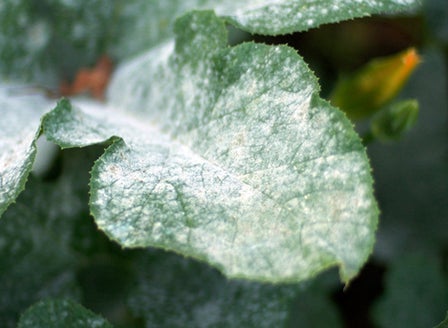Small houseplants that are perfect for your desk or coffee table. Regularly produces clusters of stunning flowers that always delight.
Planting Calendar
African violets can be grown all year round, they flower for long periods throughout the year.
Prepare
Position
African violets like a warm, well lit situation but out of direct sunlight. However, do not leave them in bathrooms as they tend to gather moisture on their fuzzy leaves which can lead to mildew damage.
Soil
African violets are best grown in a free-draining mix such as Kings House Plant Mix.
Plant
Plant your African Violet into Kings Potting mix, ensure that the pot you are using has drainage holes and is not too large. African violets are easy plants to propagate during spring and summer. Select a healthy leaf and cut it from the main plant, with a 3 cm stem. Dip the tip in liquid rooting hormone and plant into Kings House Plant Mix. Keep the potting mix moist and a tiny new plant will develop in approx 2 months.
Care
Tip
African violet leaves can collect dust, to ensure the good health of your plant use a soft paint brush to remove the dust from the leaves.
Frequently Asked Questions
Why am I not getting any more flowers?
This can happen when the plant does not get enough fertiliser, or enough sun. Ensure that your African Violets are in a warm, well lit spot out of direct sun. Feed with a African Violet liquid fertiliser to help boost the plants health, and encourage flowers.
What is causing the brown spots on my leaves.
Water on the leaves can cause the leaves to mark. When watering never allow water to get onto the leaves. Too much water or allowing the pot to sit in water can also cause leaf spots and rot. Always allow African Violets to dry out slightly in between watering.
How can I propagate more plants from my African Violet
Propagating African violets is a relatively simple process. One of the most popular methods is to use leaf cuttings. To do this, select a healthy leaf from the second row of leaves on your plant, making sure it has a strong stem. Use a sharp, clean knife to carefully cut the leaf stem off at the base. Fill a small glass or vase with water, and place the cutting so that the cut end of the stem is just touching the water. To keep the leaf from falling into the water, cover the glass with foil and poke a small hole for the stem to go through. The leaf will be held up by the foil. Place the glass in a warm spot but out of direct sunlight. Make sure to top up the water level as needed. Once your leaf has sprouted several roots, you can transplant it into potting mix.



